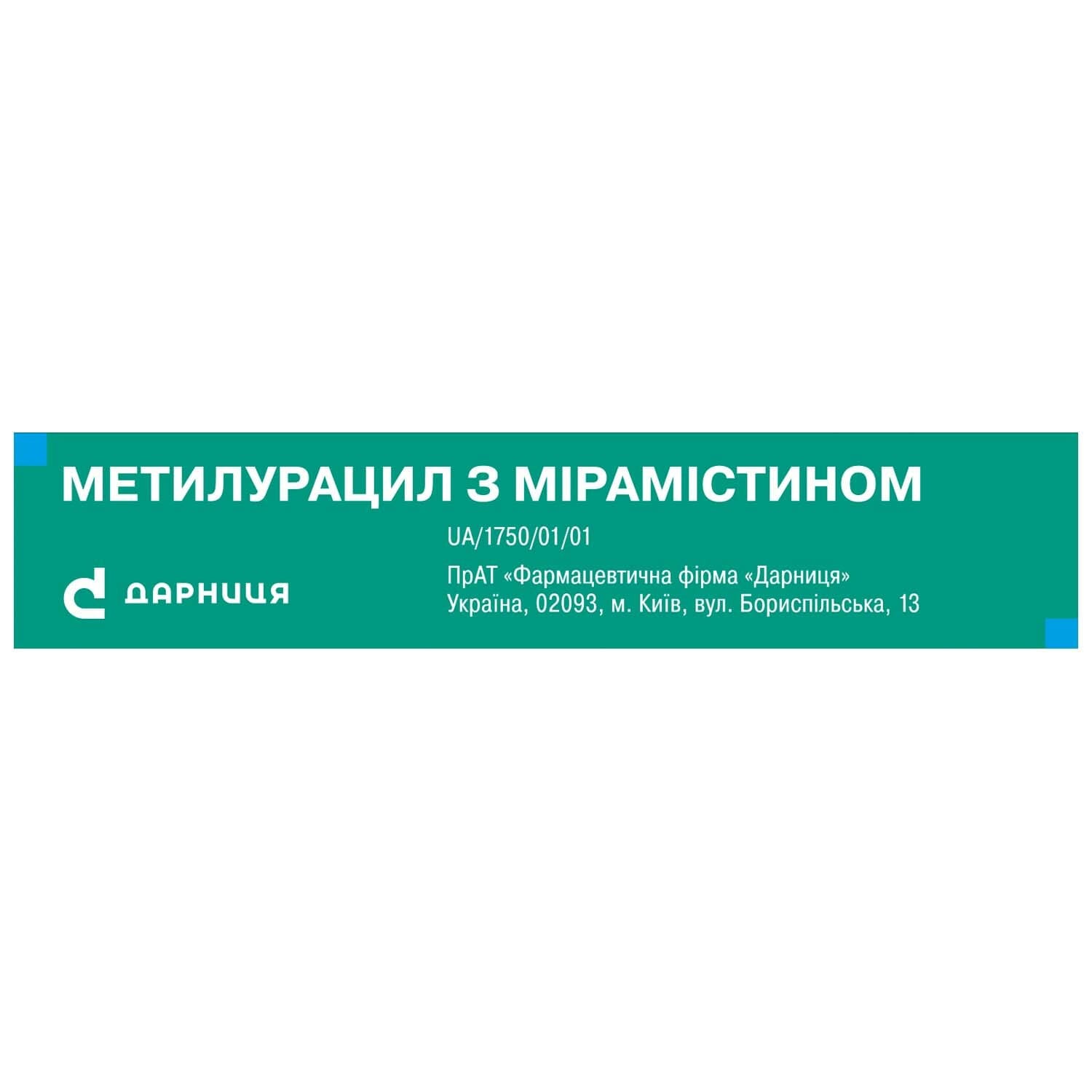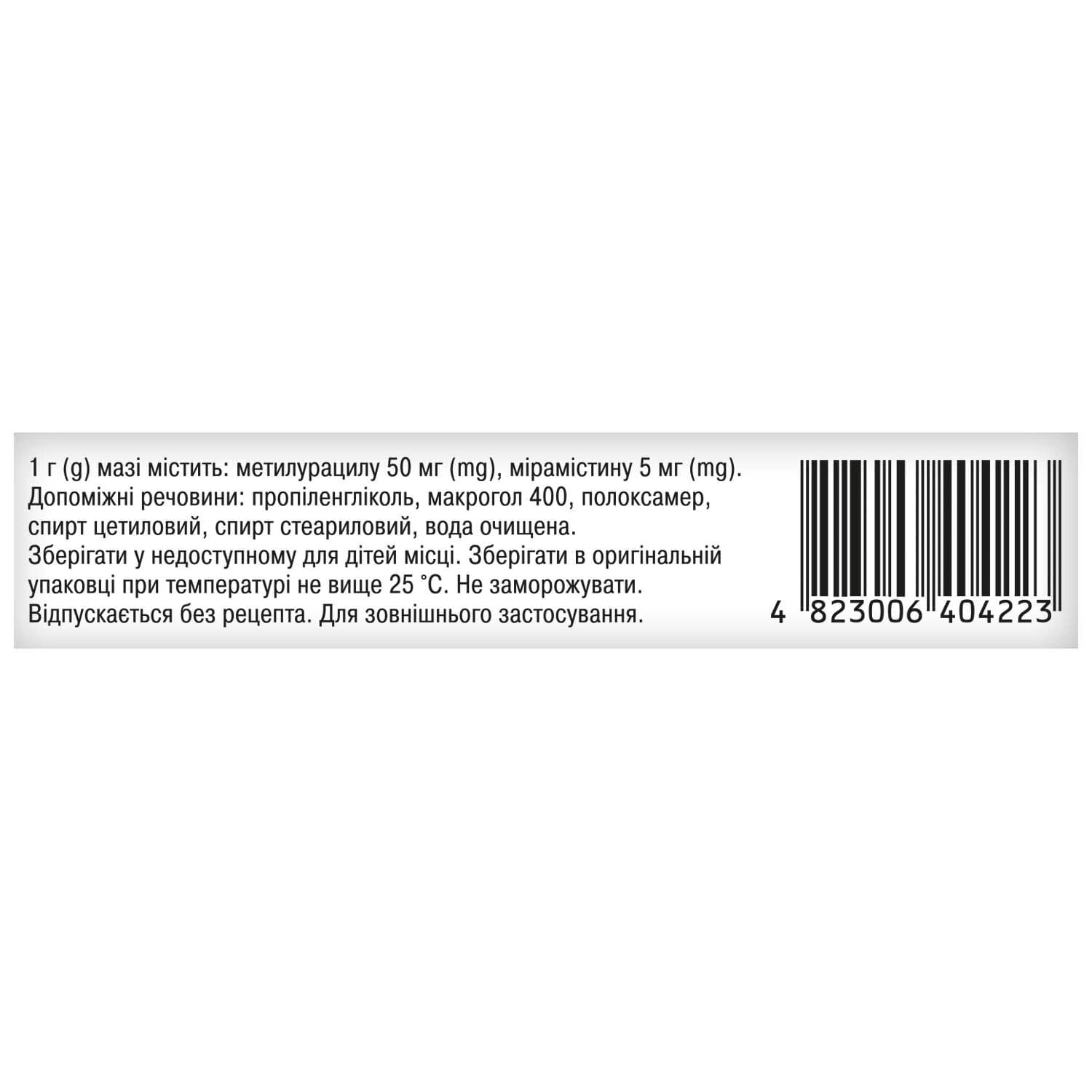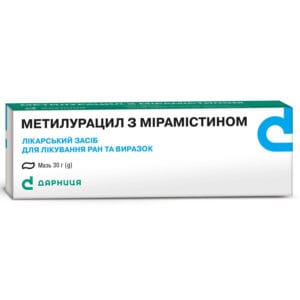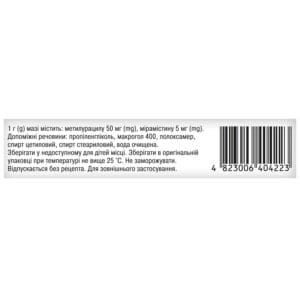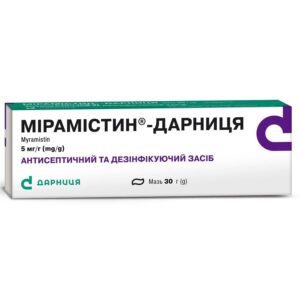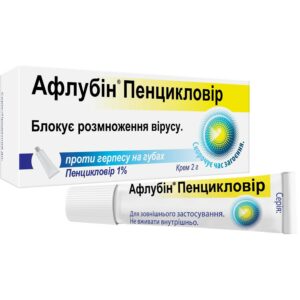No products in the cart.
Great news! The Canada Post strike is over! We’re resuming deliveries to Canada!
Excellente nouvelle ! La grève de Postes Canada est terminée ! Nous reprenons les livraisons vers le Canada !
Great news! The Canada Post strike is over! We’re resuming deliveries to Canada!
Excellente nouvelle ! La grève de Postes Canada est terminée ! Nous reprenons les livraisons vers le Canada !
Wundahyl ointment tube 30 g
$18.10

[category_image]
Methyluracil with Miramistin ointment tube 30 g
$20.42
Methyluracil with Miramistin ointment promotes wound healing, prevents infection, and accelerates skin regeneration in burns, ulcers, and injuries.
Categories: Dermatology
Brand: Darnytsia
Pharmacological properties
Pharmacodynamics. The drug contains methyluracil, which stimulates metabolic processes, and miramistin – a cationic antiseptic.
Methyluracil accelerates the processes of cell regeneration, wound healing, stimulates cellular and humoral immunity, and has an anti-inflammatory effect.
Miramistin has a wide spectrum of antimicrobial activity, including hospital strains resistant to antibiotics. It has a pronounced antimicrobial effect against gram-positive (Staphylococcus spp., Streptococcus spp., Streptococcus pneumonia) and gram-negative (Pseudomonas aeruginosa, Escherichia coli, Klebsiella spp.), aerobic and anaerobic, spore-forming and asporogenic bacteria in the form of monocultures and microbial associations, including hospital strains with multi-resistance to antibiotics. It has an antifungal effect on ascomycetes (genus Aspergillus and genus Penicillium), yeasts (Rhodotorula-rubra, Torulopsis gabrata) and yeast-like fungi (Candida albicans, Candida tropicalis, Candida krusei, Pityrosporum orbiculare (Malassezia furfur)), dermatophytes (Trichophyton rubrum, Trichophyton mentagrophytes, Trichophyton verrucosum, Trichophyton schoenleini, Trichophyton violacent, Epidermophyton Kaufman-Wolf, Epidermophyton floccosum, Microsporum gypseum, Microsporum canis), as well as on other pathogenic fungi in the form of monocultures and microbial associations, including fungal microflora with resistance to chemotherapeutic drugs. Under the action of Miramistin, the resistance of microorganisms to antibiotics decreases.
At the site of application, it stimulates protective reactions and activates regeneration processes.
Due to its broad spectrum of antimicrobial action, Miramistin effectively prevents infection of wounds and burns. The drug has a pronounced hyperosmolar activity, as a result of which it stops wound and perifocal inflammation, absorbs purulent exudate and selectively dehydrates necrotic tissues, contributing to the cleansing and drying of the wound. At the same time, the ointment does not damage granulations and viable skin cells, does not inhibit marginal epithelialization.
Pharmacokinetics. Due to the properties of the ointment base to remain on the surface of the application site, the active substances are not significantly absorbed into the systemic bloodstream and usually do not cause systemic effects.
Indication
Complicated, difficult-to-heal wounds, radiation and trophic ulcers (including in patients with diabetic angiopathy, in weakened patients with significant immunosuppression), burns and other skin lesions. The drug has a photoprotective effect in patients with photodermatosis.
Application
The drug is used topically. After standard treatment of wounds and burns, the ointment is applied directly to the affected surface, after which a sterile gauze bandage is applied or the ointment is applied to the dressing material, and then to the wound.
You can also use tampons soaked in the drug, carefully filling the cavities of purulent wounds after their surgical treatment, or gauze turundas with ointment, introducing them into the fistulous passages.
The drug is used once every 1-2 days. The dose depends on the wound surface area and the degree of purulent exudation. The duration of treatment is determined by the dynamics of wound cleansing and healing. Treatment with the drug is stopped when wound granulations appear and the wounds are cleared of wound exudate.
Contraindication
Hypersensitivity to the active substances or other components of the drug; acute and chronic forms of leukemia; lymphogranulomatosis; malignant bone marrow diseases.
Side effects
On the part of the immune system, skin and subcutaneous tissue: hypersensitivity reactions, including flushing, itching, mild burning sensation, rash, urticaria; dry skin, dermatitis, flaking and due to the content of propylene glycol in the preparation – skin irritation.
If any adverse reactions occur, discontinue use of the drug and consult a doctor.
Special instructions
The drug is used with caution in patients with neoplasms undergoing radiation and chemotherapy.
The effectiveness of the drug increases if it is applied to the wound surface, previously washed with an aseptic solution. The presence of purulent-necrotic masses in the wound requires additional consumption of ointment.
In case of deep localization of the infection in soft tissues, the drug can be used in combination with systemic antibiotics.
Use during pregnancy and breastfeeding. Due to the lack of controlled studies on safety and efficacy, the drug should not be used during pregnancy and breastfeeding.
Children: Due to the lack of sufficient experience, the drug should not be prescribed in pediatric practice.
Ability to influence the reaction rate when driving vehicles or working with other mechanisms. There is no data on the ability of the drug to influence the reaction rate when driving vehicles or working with other mechanisms.
Interactions
With simultaneous topical application of Miramistin with anionic surfactants (soap solutions), its inactivation occurs.
With the simultaneous use of Miramistin with systemic or local antibiotics, a decrease in the resistance of microorganisms to the latter was noted.
When methyluracil is used simultaneously with strophanthin, antibiotics, and sulfonamide drugs, their effectiveness is increased, and with pentoxyl, its toxic effects are enhanced.
When used simultaneously with local corticosteroids, its effectiveness decreases.
Overdose
Overdose phenomena have not been observed. However, when applying the drug to large surfaces of the affected skin, the possibility of partial entry of the active components of the ointment into the systemic bloodstream in quantities that are not capable of causing acute poisoning is not excluded. Manifestations of the systemic action of methyluracil are headache, dizziness, hypersensitivity reactions. Miramistin manifests itself as a cationic detergent and can prolong bleeding time. In case of overdose caused by prolonged use of a large amount of ointment, changes in the composition of the blood are possible due to the effect of methyluracil on the processes of hematopoiesis.
Treatment: dose reduction or discontinuation of the drug, symptomatic therapy.
Storage conditions
In the original packaging at a temperature not exceeding 25 °C. Do not freeze.
You may also like




